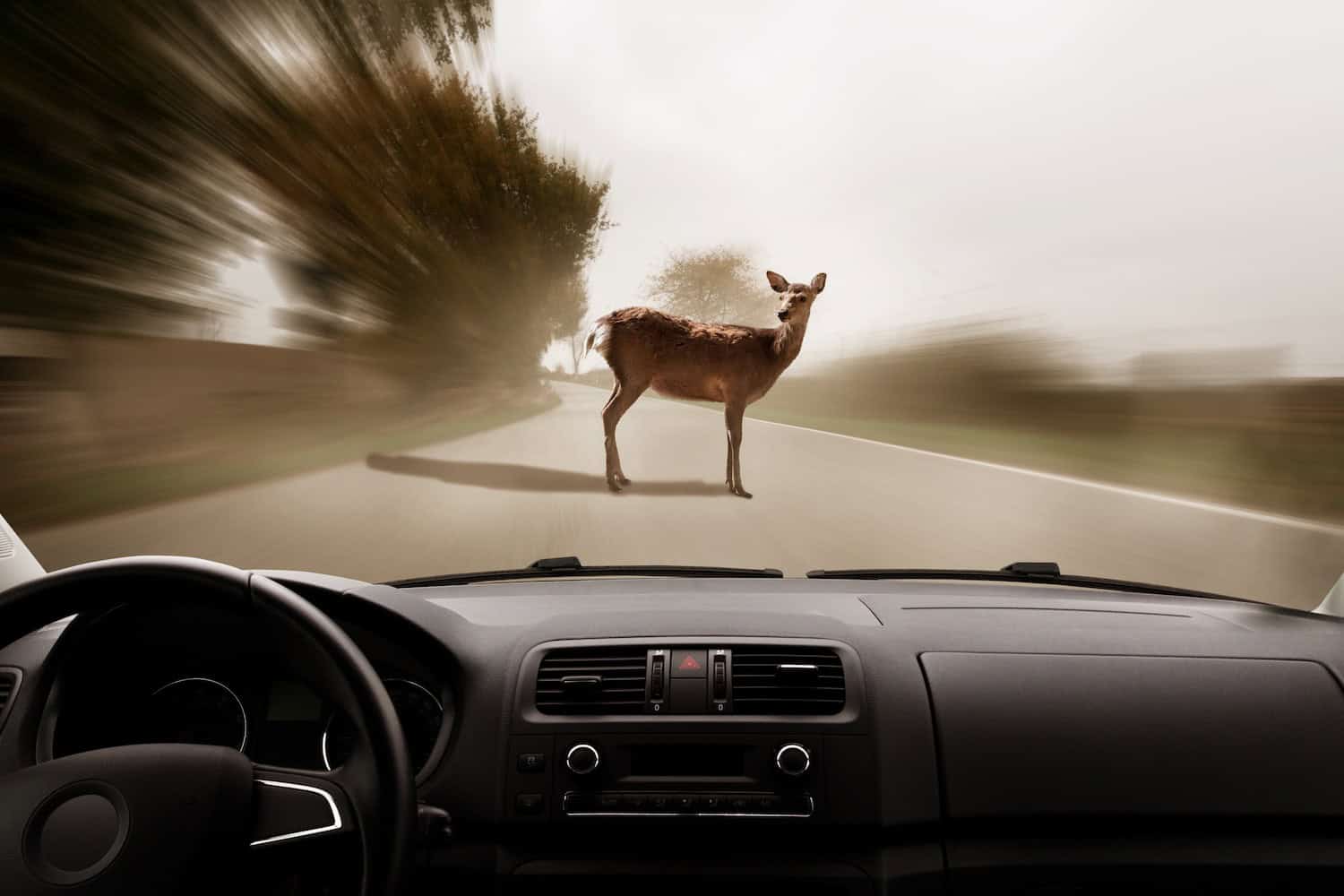When embarking on a summer road trip, you’re not only exploring new landscapes but also sharing the road with various wildlife. Encounters with animals can be thrilling, but they can also pose risks if you’re not prepared. As a defensive driving company, we emphasize safe driving practices, and that includes knowing what to do when you encounter wildlife on the road. Here are some essential tips to keep in mind:
1. Stay Alert and Reduce Speed
The National Highway Traffic Safety Administration (NHTSA) recommends staying vigilant and reducing your speed, especially in areas known for wildlife crossings. Slowing down gives you more time to react if an animal suddenly appears.
2. Use Your High Beams
Driving with your high beams on at night can help you spot animals from a greater distance. However, be courteous to other drivers and remember to dim your lights when approaching or following another vehicle.
3. Pay Attention to Road Signs
Keep an eye out for warning signs indicating wildlife crossings or areas prone to animal activity. These signs are strategically placed to alert drivers to potential hazards.
4. Avoid Distracted Driving
Distractions, such as using your phone or adjusting the radio, can decrease your reaction time. Focus on the road, especially in rural or wooded areas where wildlife encounters are more likely.
5. Do Not Swerve
If an animal suddenly crosses your path, resist the urge to swerve. Instead, brake firmly and stay in your lane. Swerving can lead to losing control of your vehicle or colliding with another car.
6. Honk Your Horn
If you see an animal on or near the road but it hasn’t crossed your path yet, use your horn to alert the animal. This may encourage it to move away from the road.
7. Maintain a Safe Following Distance
Keep a safe following distance from the vehicle in front of you. This gives you more time to react if the driver ahead brakes suddenly due to wildlife.
8. Be Cautious at Dawn and Dusk
Many animals, such as deer, are most active during dawn and dusk. Exercise extra caution during these times when visibility is lower.
9. Prepare for the Worst
Accidents can happen despite your best efforts. Have an emergency kit in your vehicle, including a flashlight, first-aid supplies, and a charged cell phone to call for help if needed.
10. Report Collisions
If you do collide with wildlife, report the incident to local authorities. It’s essential to ensure the animal is treated if injured and to document the incident for insurance purposes.
Remember, safe driving practices not only protect you but also the wildlife you may encounter on the road. By following these tips and staying informed about local patterns, you can enjoy your summer road trip while reducing the risks associated with wildlife encounters.
Drive safely, and enjoy the journey!





